Weekend at Sonic's

As part of a school project in my electronics class, I had to do build something utilizing what we had learned previously in the class and making a medium to large-scale project with any of the tools we've used in the class before. I remember we did a short experiment with a coding app called "Greenfoot" which allowed us to make games using Java, so I wanted to make my project in Greenfoot.

Though the tutorial videos I watched helped out, they didn't lead me to understand how to write code, I simply followed what the videos did and tried to modify it from there. So I ask my dad, Mr.R, for help as he is an excellent coder. We talked things out and agreed that I would work on all the art for the game whilst he did all the coding to make it work and display my art properly.
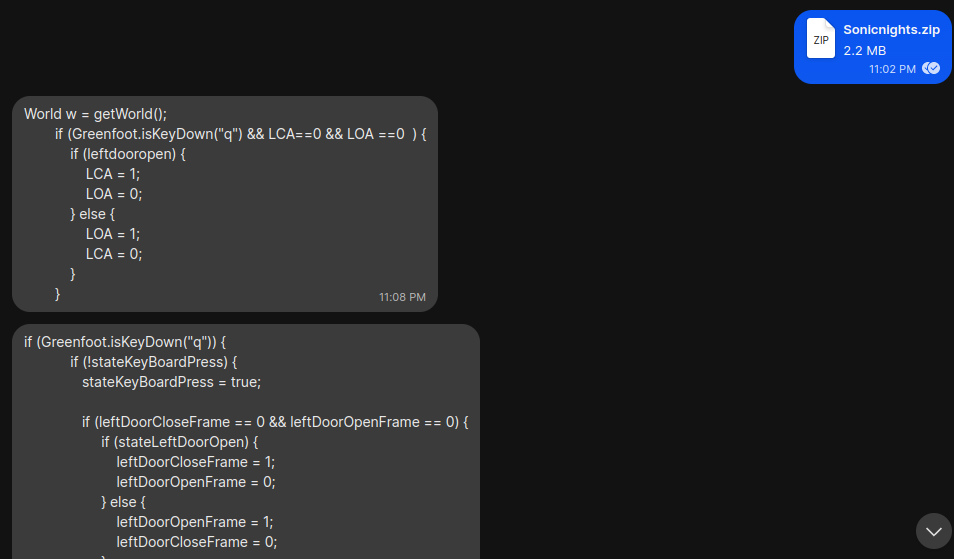
In order to motivate myself, I decided to make the project themed around the Five Night's At Freddy's mixed in with Sonic The Hedgehog. I went with such a choice because I didn't know much about Greenfoot, but from what I saw, it wasn't the best for platforming, as it would require a lot of time to implement gravity, collision, enemy movement, etc. FNAF is usually known for its simple gameplay of flipping cameras and surviving a few hours in the exact same area, this would make coding visuals and enemy behavior, a lot easier for Mr.R. Still, he had never worked with Greenfoot or Java, so it took him a bit of time to understand how everything worked.
At the very beginning of the project, things were simple I was making more rooms and implementing them myself watching tutorials online. I would screenshot a setup I did within Blender, a 3d modeling software, and then trace it over on Krita, adding the colors as well as some more details, and finally the shading.
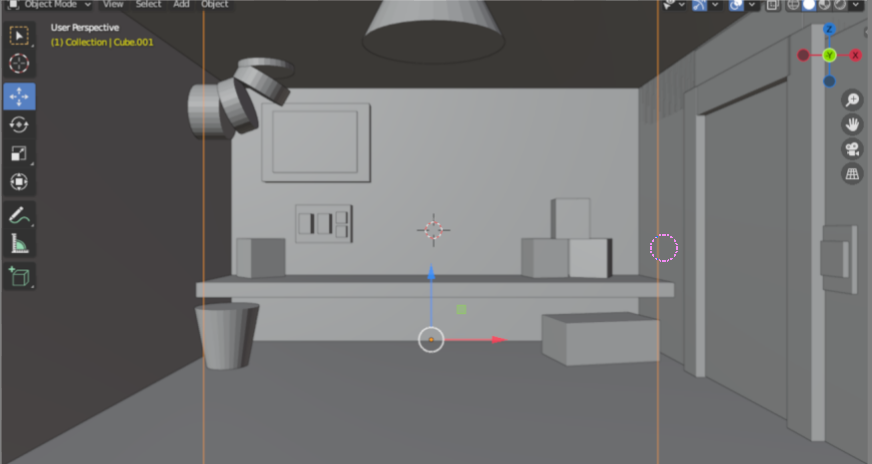
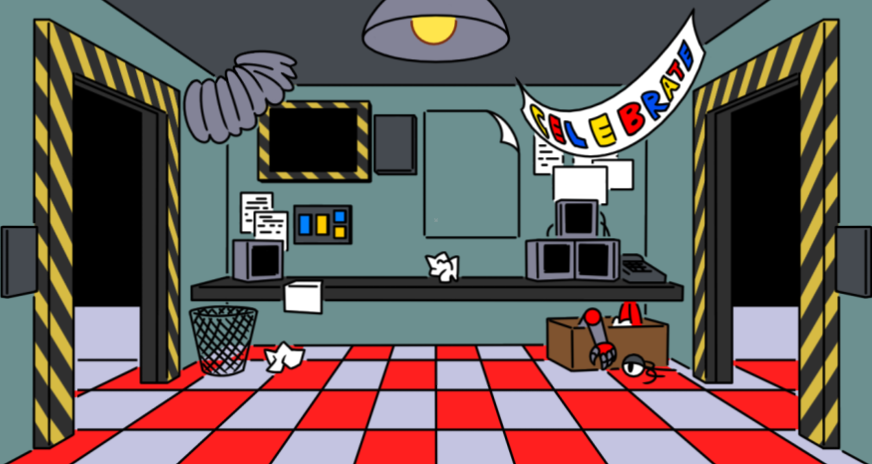
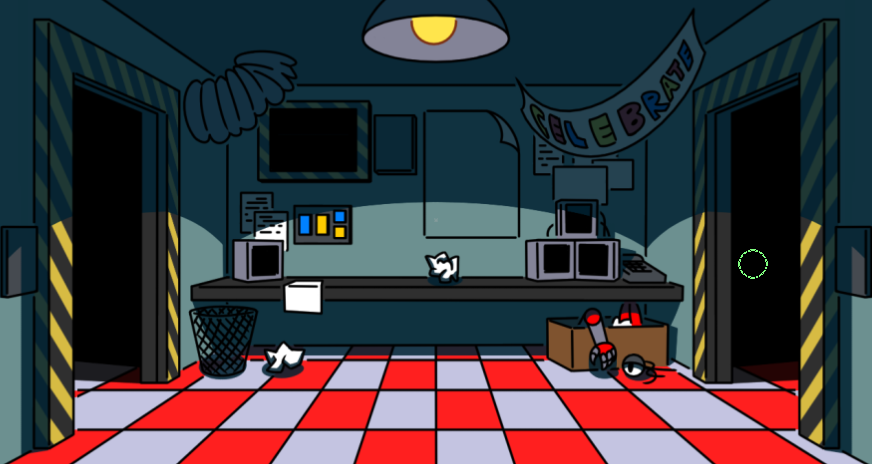
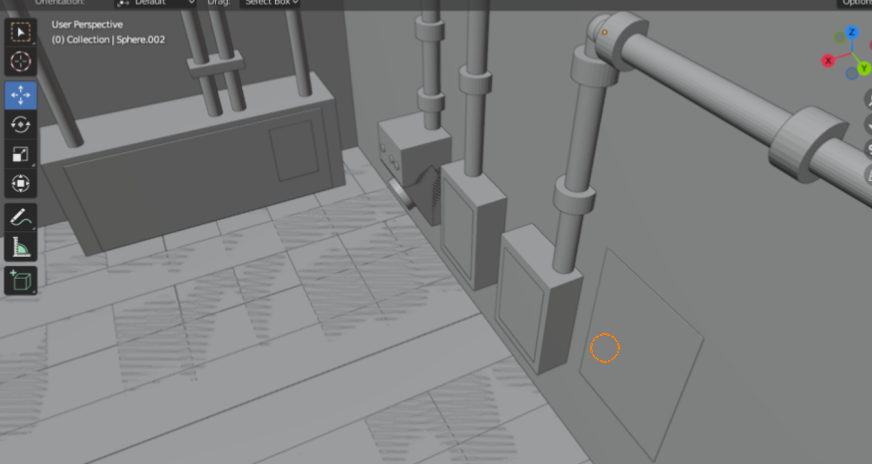
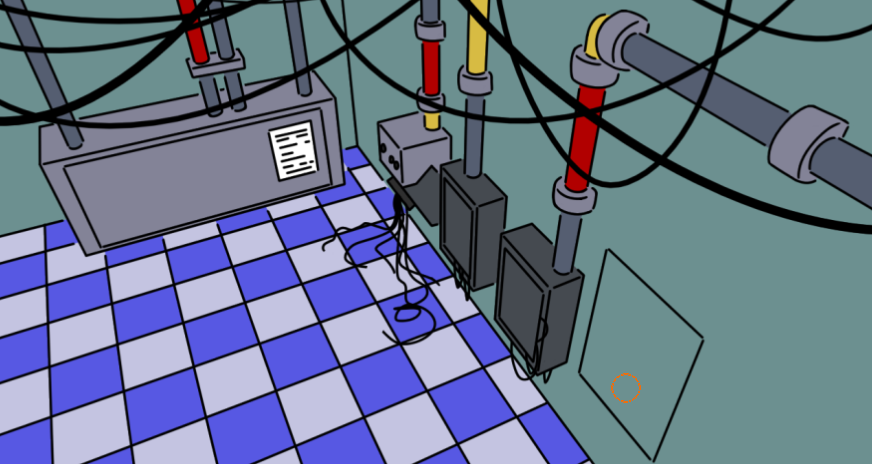
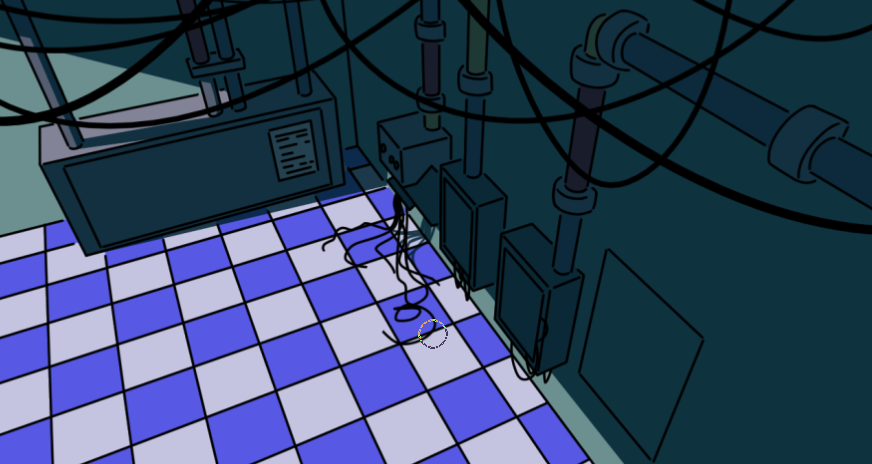
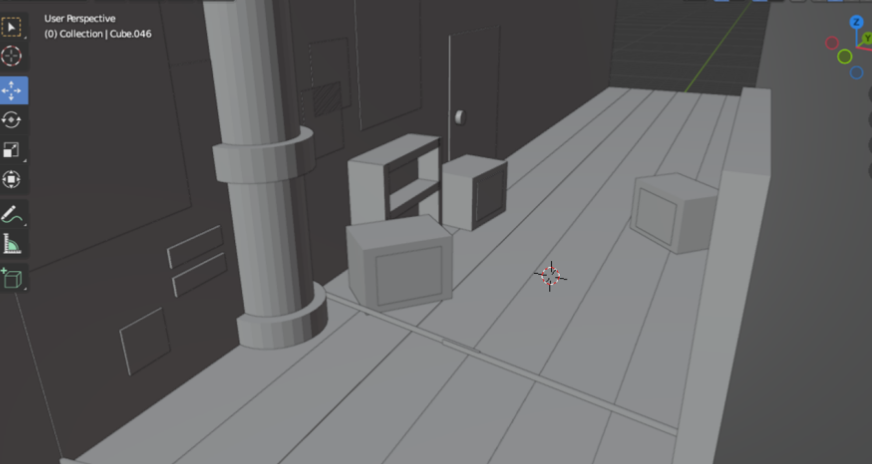
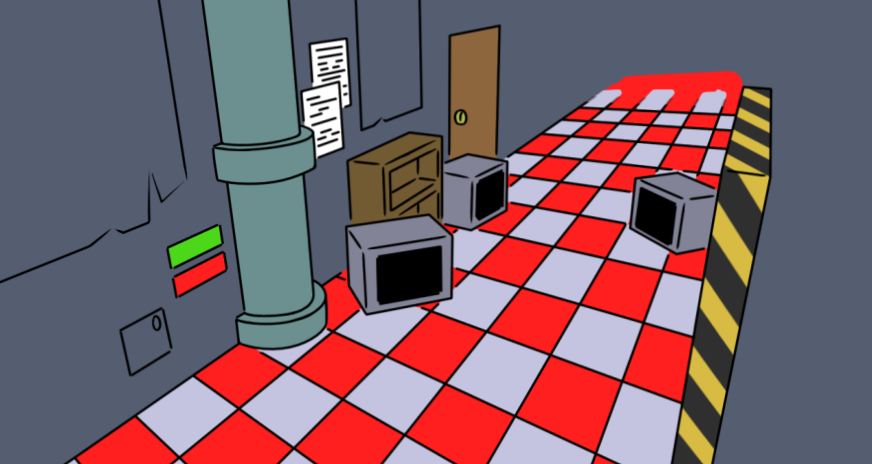
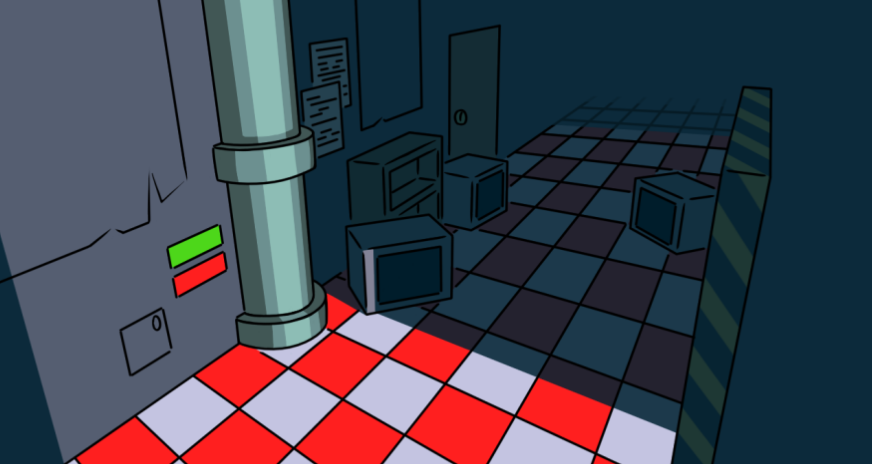
I had then attempted to add doors and cameras but it was around this point of development, that I needed Mr. R's help as things were getting harder for me to implement and I had little understanding of what I was actually writing in Greenfoot.

He had started by helping out with both the door system as well as the camera system. After those two were in a working state, I asked him about the implementation of the robot enemies. It was at this point that Mr. R told me that he would have to rework the camera system as well as spend a lot of time understanding Greenfoot's philosophy to put in the robot's behavior so that the camera system could be implemented and coincide with the location of the robots around the map.
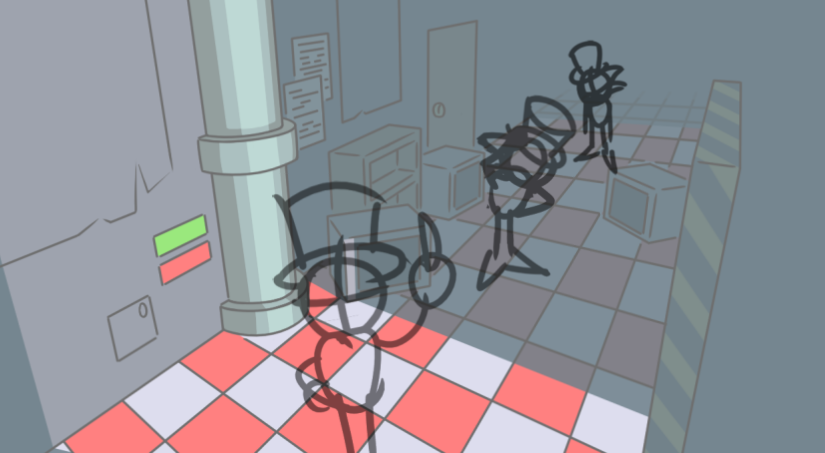
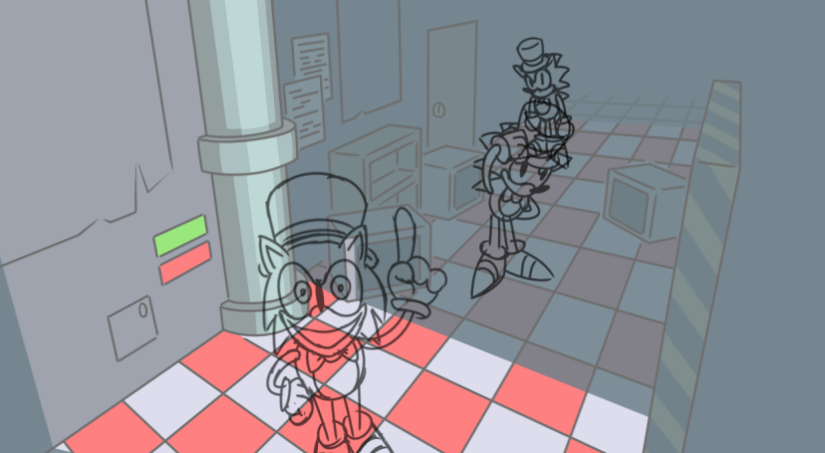
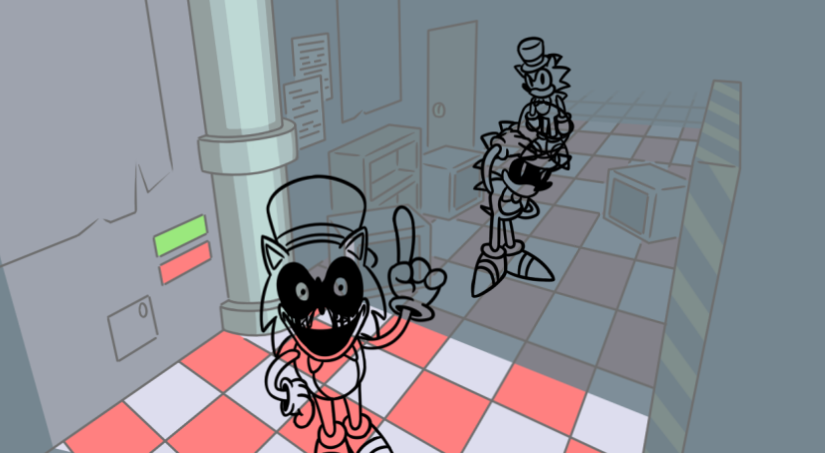
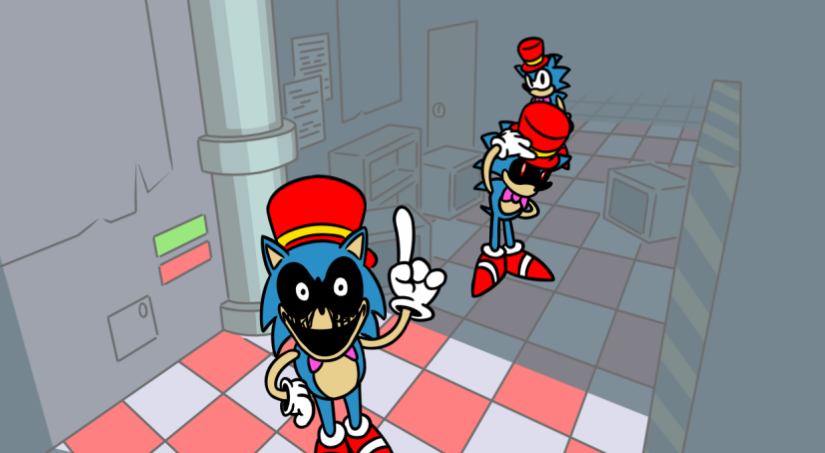
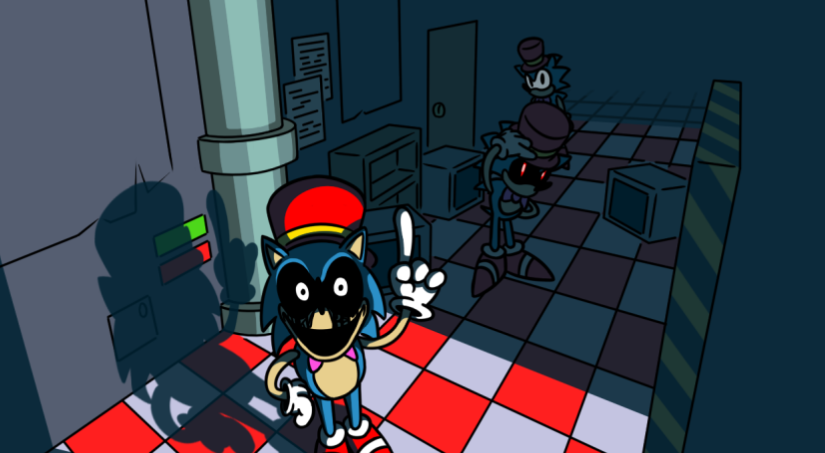
He then made it so that the robot AI could move at a random pace, it could also detect whether the door was opened or closed. If it was closed, the robot's position resets to its starting point. If the door is open, the robot enters the office room, and when it's in the office, the player dies and it's game over.
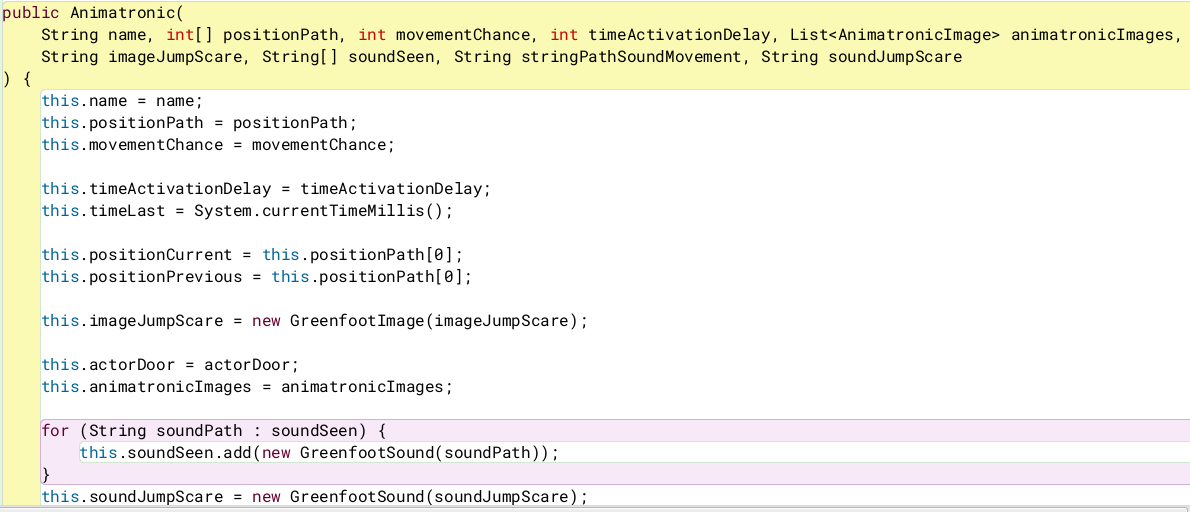
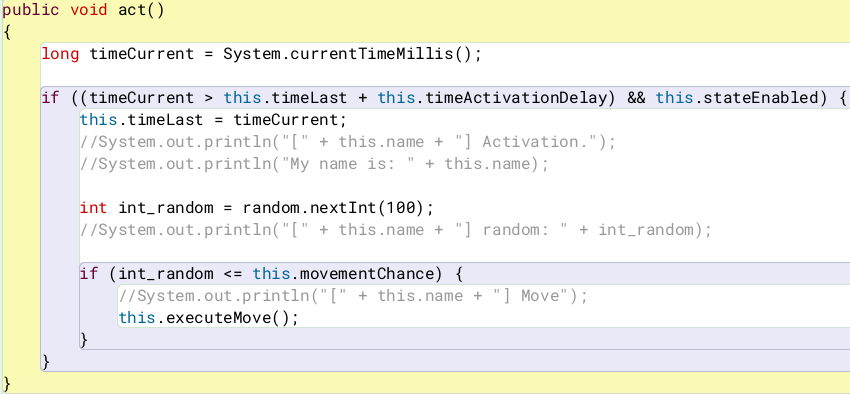
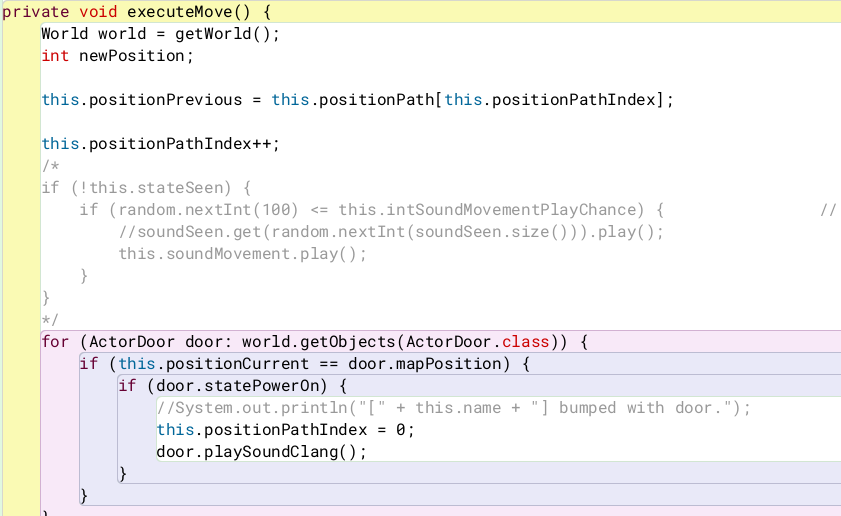
After we got the robot AI working, we shift our focus to the door system, trying to improve upon it to make sure no bugs occur. The code for changing the state of the door and displaying its animation frames was improved upon, the doors were also given shading and extra details to fit the office setting. The same goes for the door buttons. Sounds were also added for when the doors open and close.
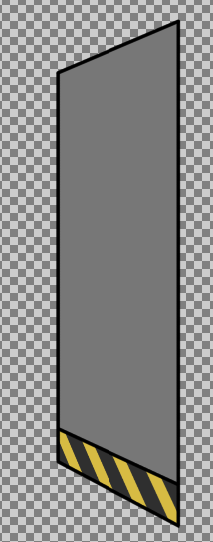
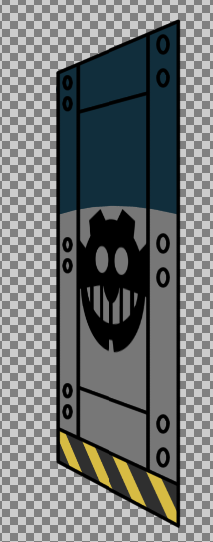
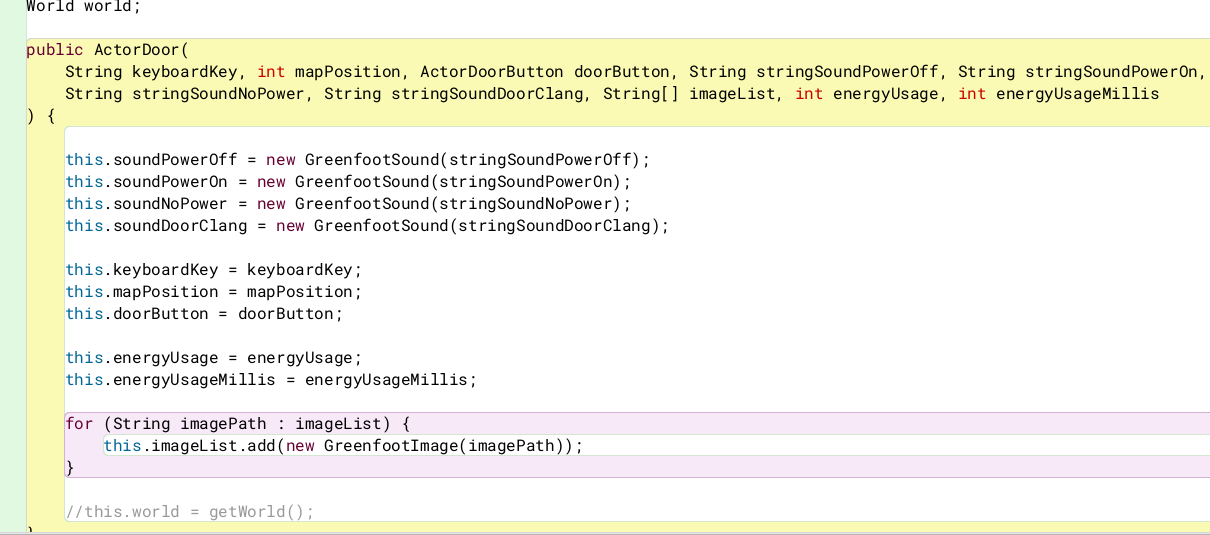
A power system was then added after the door code was improved. It was also tweaked and improved to make sure the player doesn't abuse the power and survives forever from the robots. It was also around this time we got to work on the second robot. I gave some sketches to Mr.R for him to work on both the robot and the new cameras. Then, I made the finishing touches to both of them.
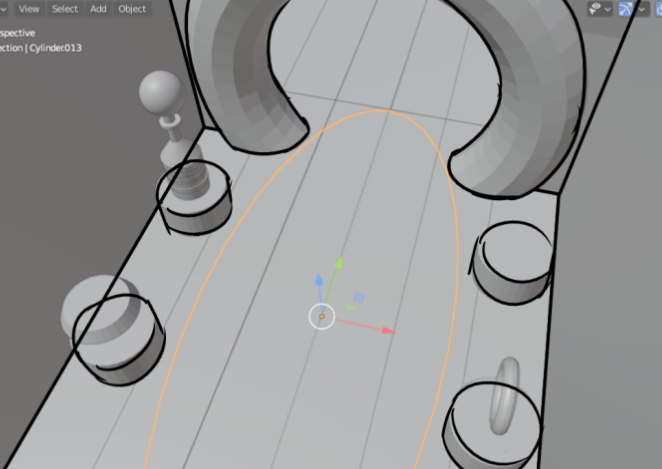
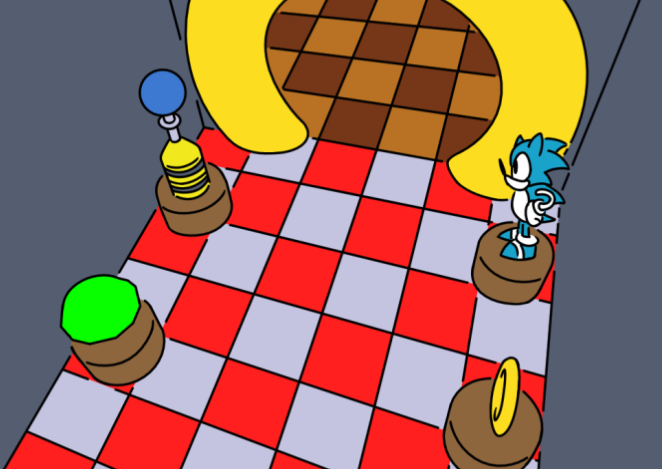
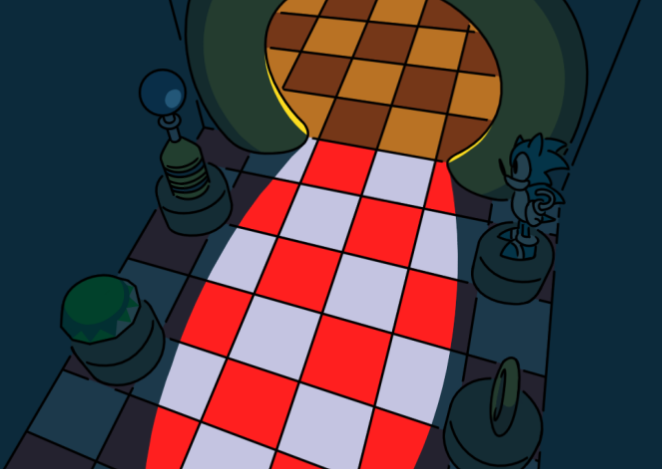
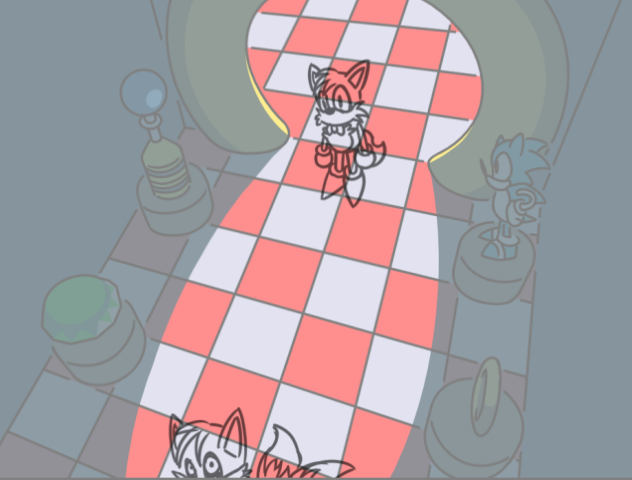
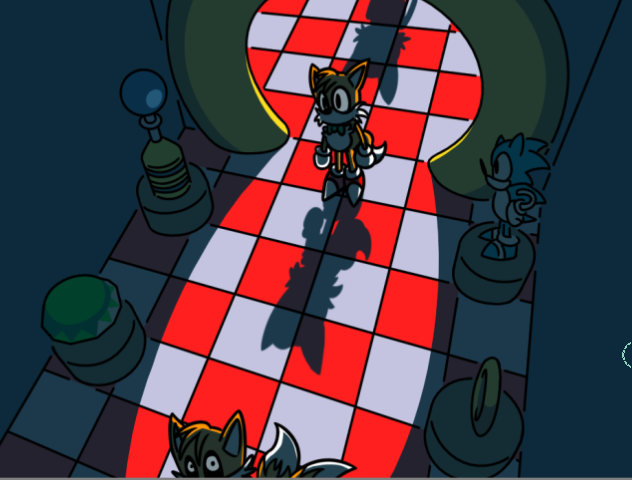
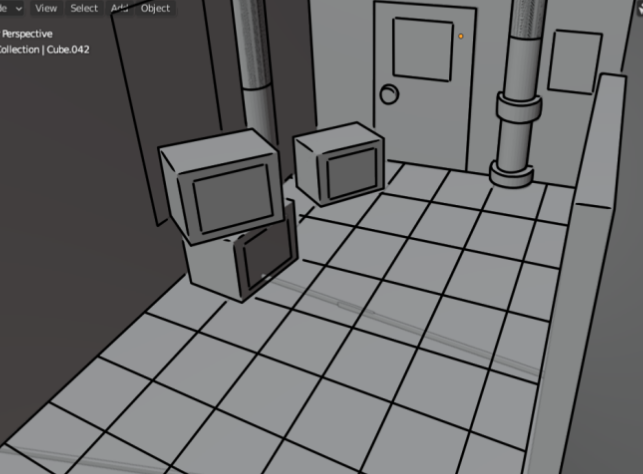
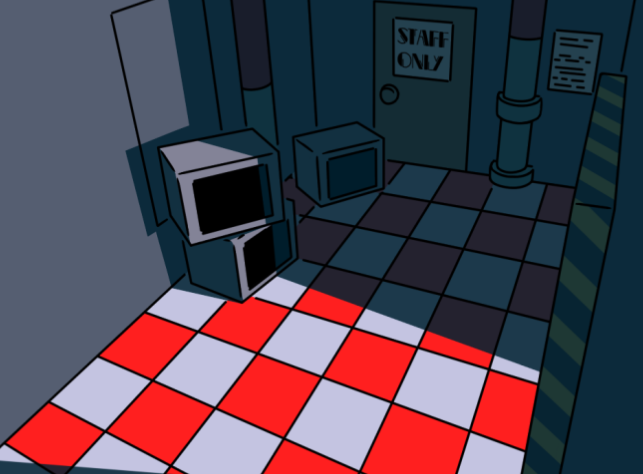
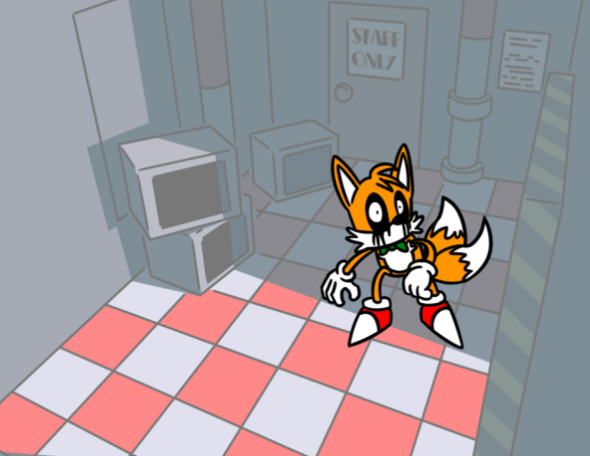
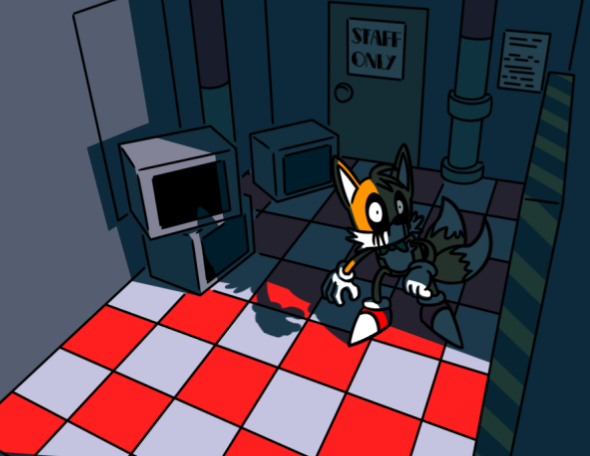
Oh also, the most recognizable feature from FNAF was added at this point, jumpscares.
Whenever a robot would enter your office, there would suddenly be an image of said robot followed up by a loud noise.
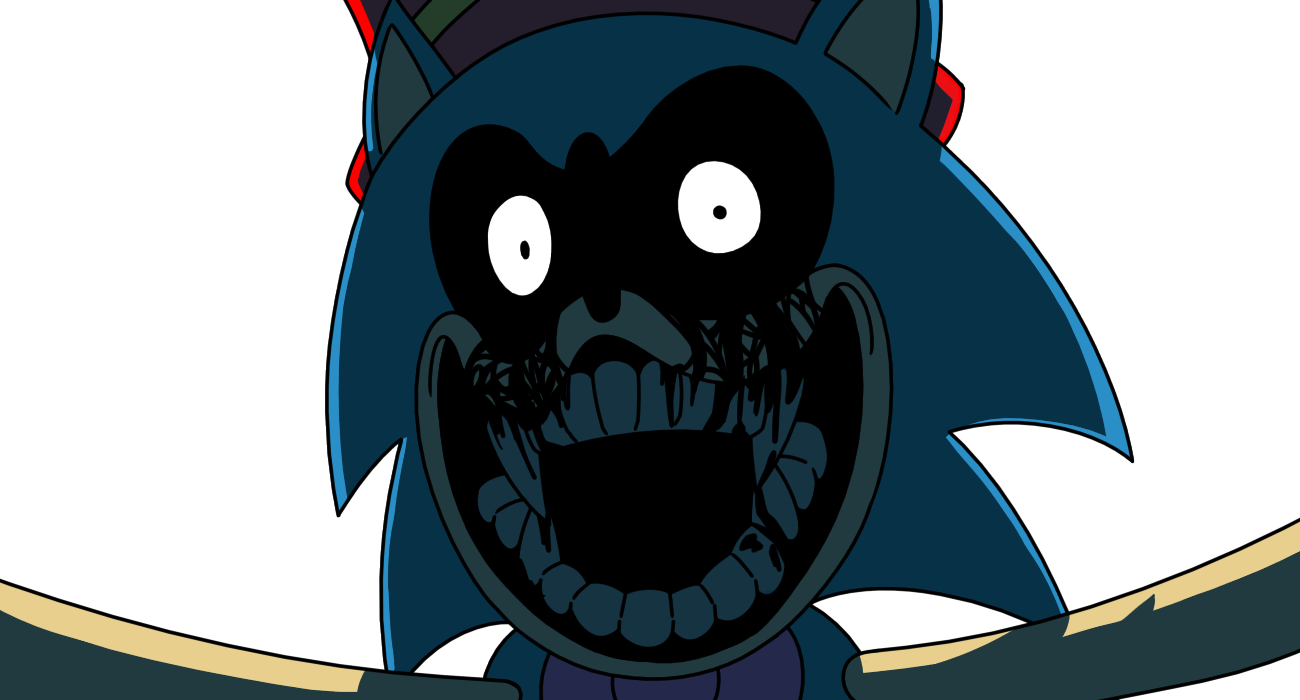
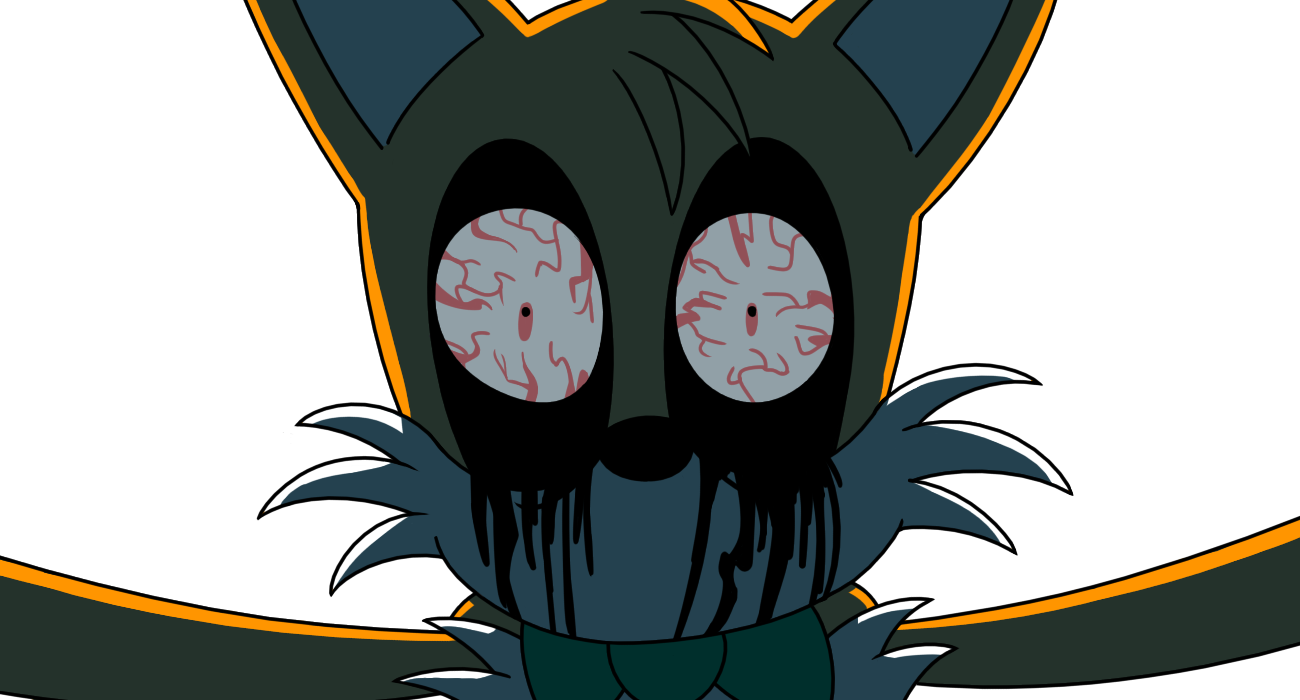
After all that, the project was almost finished, a few more features, rooms, and a third robot were all that was needed to complete the first phase of this project.
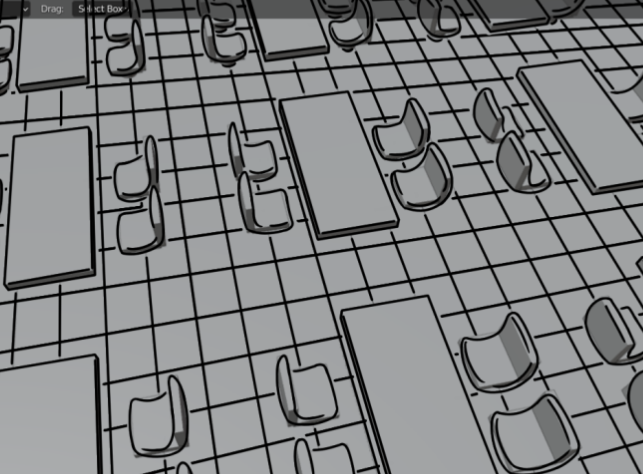
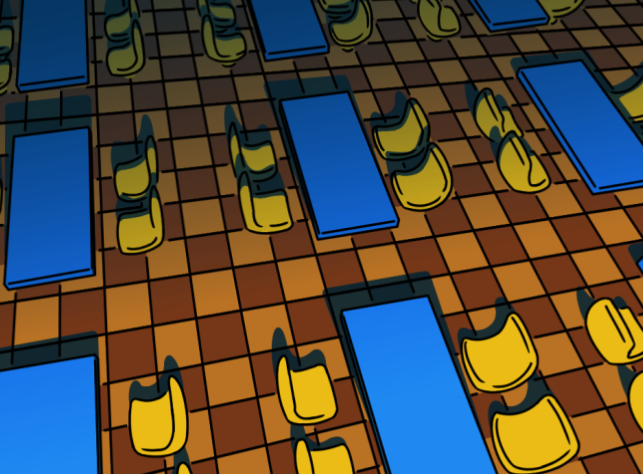
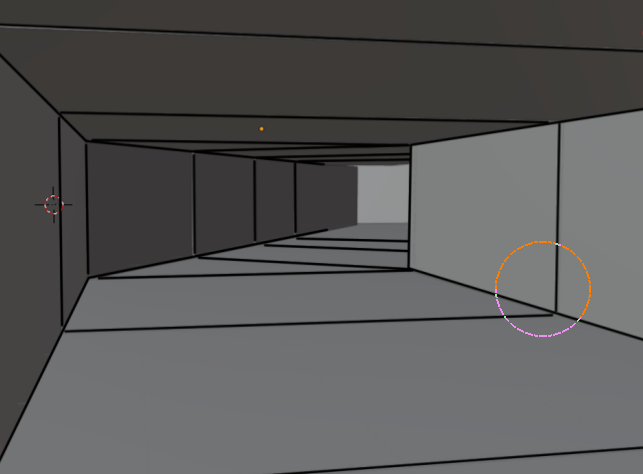
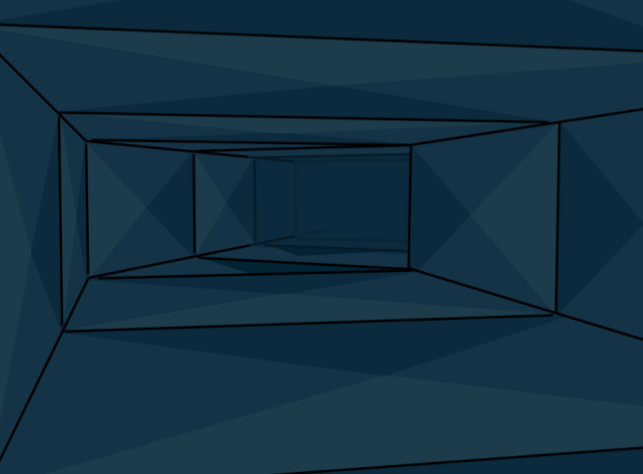
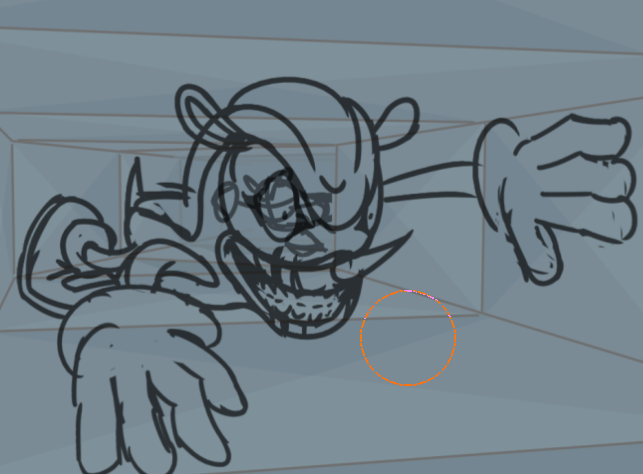
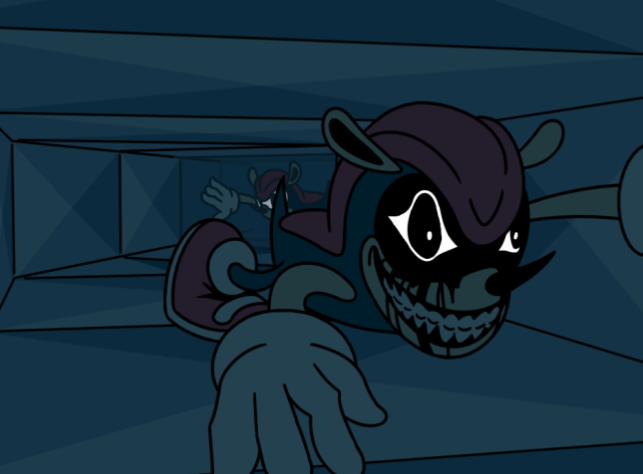
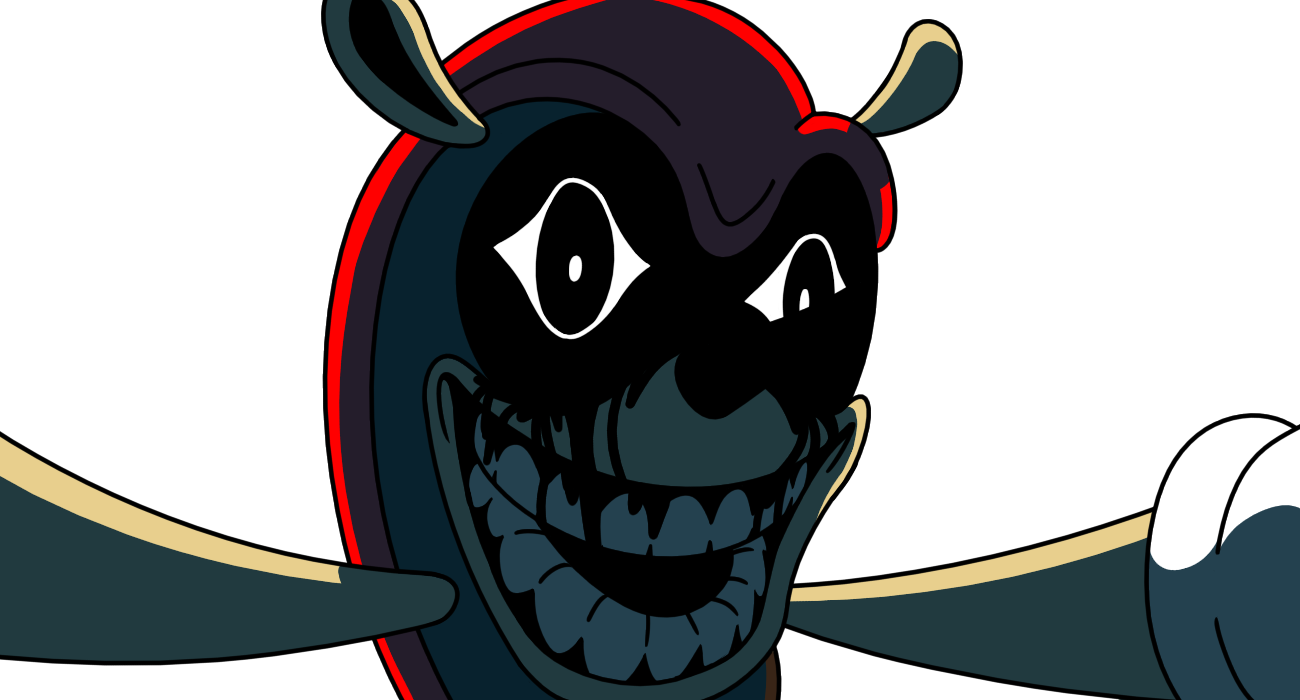
The final features to be added was an in-game clock that would stop everything and showcase a victory image. And a heartbeat effect that gets faster the lower the power is, it really makes things tense for the player.
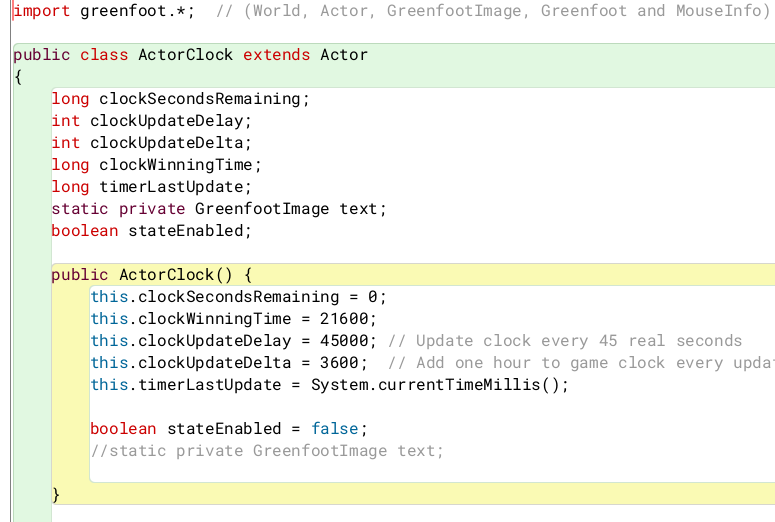
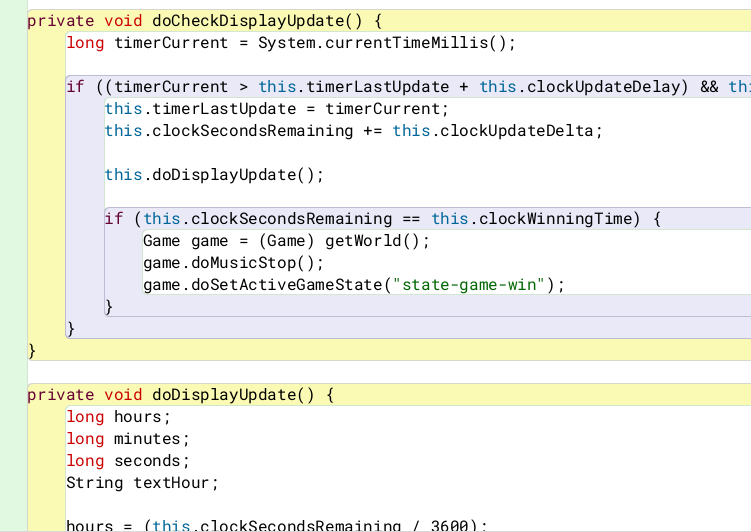
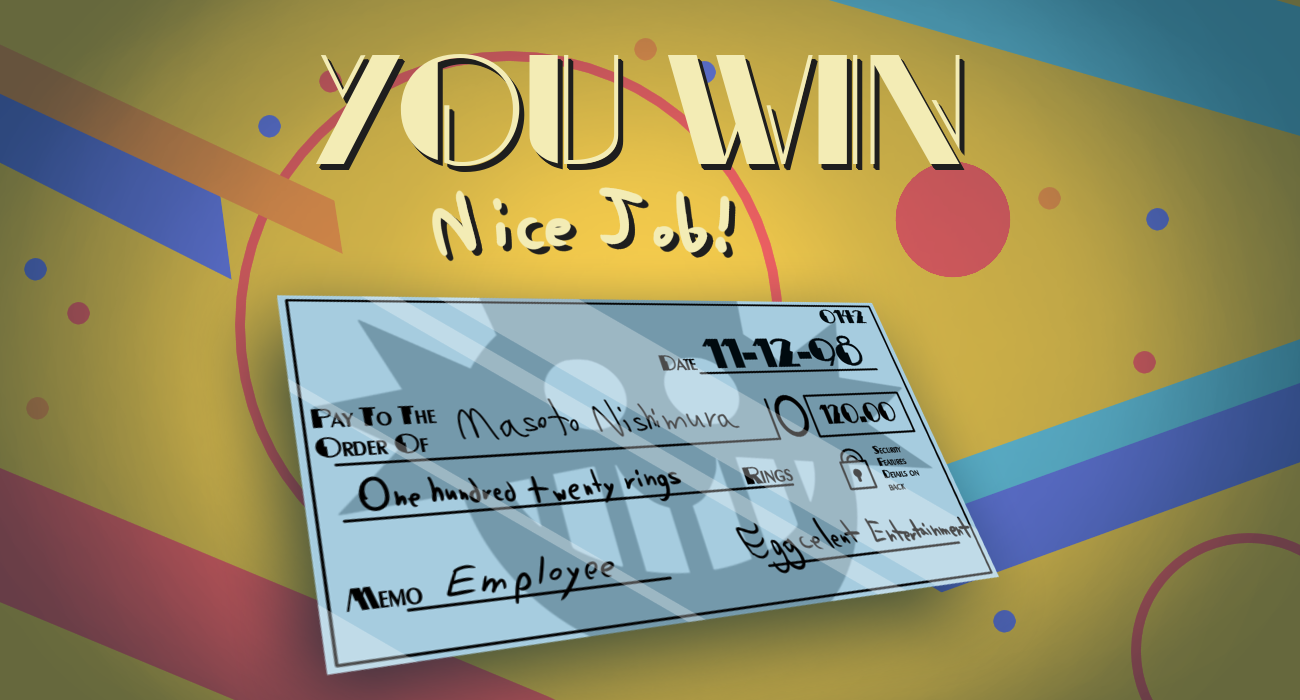
This all started because of a school project, in the end, I ended up showcasing the classroom, it was not the final version however as the deadline was very close around the time the Tails robot was finished. Still, me and Mr. R decided to add a few more things before we went back to our normal schedules. It was quite the fun project to work on.




